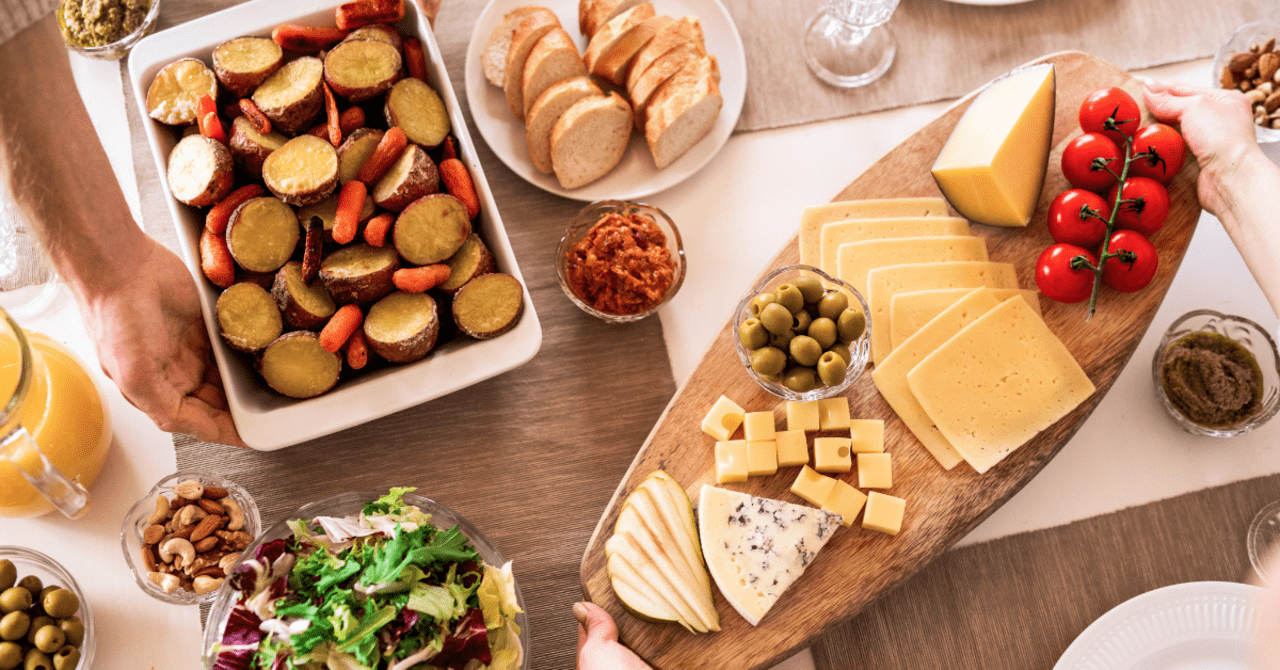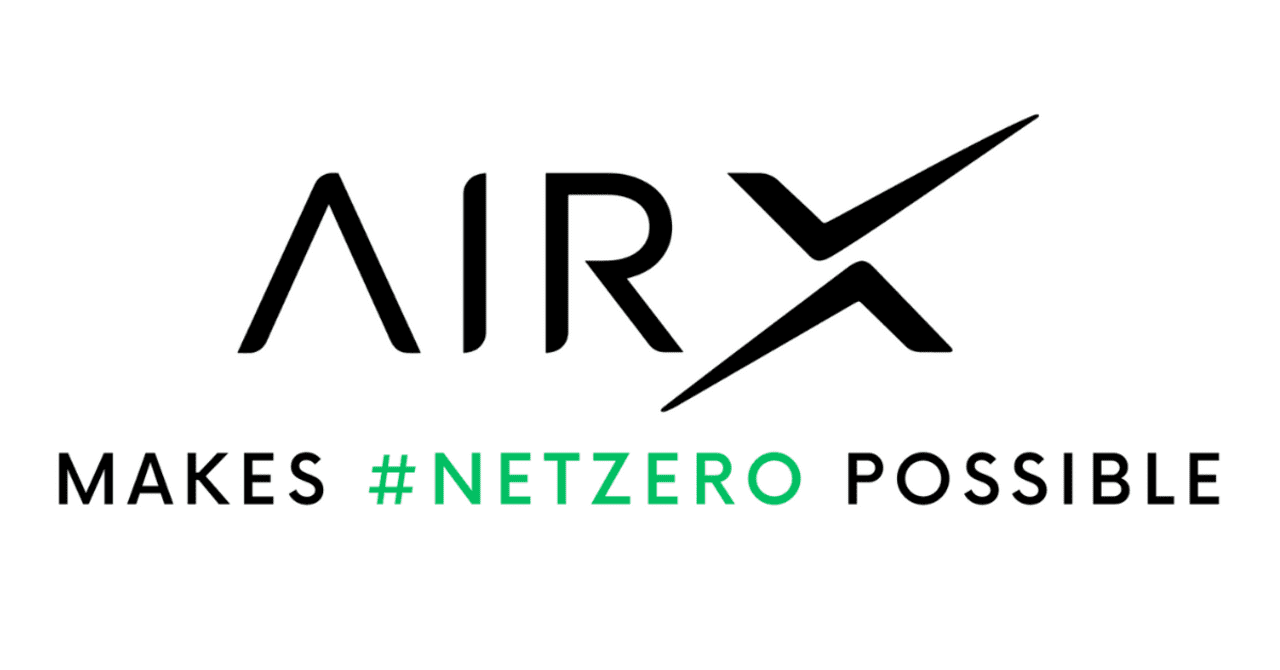Circular Economy For Food: Linear System to Circular System

The current linear food systems, also known as conventional or industrial food systems, are characterized by resource wastage and the promotion of urbanization. In response to these issues, the concept of the circular economy for food has emerged as a solution to mitigate these traditional challenges.
1. The limitations of the Linear Food System
By exploring these limitations of the Linear Food System , we will gain a deeper understanding of the fundamental principles underlying the concept of the Circular Economy for Food.
Food Loss and Waste: This occurs during production, transportation, storage, processing, and consumption. According to the Food and Agriculture Organization (FAO), approximately one-third of the world's food production is lost or wasted each year. This wastage leads to the inefficient use of resources such as water, land, and energy that are used in food production.
Overproduction: The linear food system is driven by a "more is better" mentality, leading to overproduction. To meet the demands of global markets, large quantities of food are produced, often surpassing actual consumption needs.
Unsustainable Agricultural Practices: The linear food system often prioritize high yields and uniformity. These practices involve the excessive use of chemical fertilizers, pesticides, and water, contributing to environmental degradation, soil erosion, water pollution, and biodiversity loss. This leads to the depletion of natural resources and the degradation of ecosystems.
Energy Consumption and Emissions: The linear food system requires significant amounts of energy for processes such as mechanized farming, transportation, refrigeration, processing, and packaging. The reliance on fossil fuels in these activities contributes to greenhouse gas emissions and climate change. Additionally, the transportation of food over long distances to reach consumers further increases energy consumption and carbon emissions.
2. Circular Economy For Food Concept
The circular economy for food is a concept aimed to create a more sustainable and efficient food system. It involves redesigning the entire food cycle, from production to consumption and waste management, to minimize resource wastage and promote environmental stewardship.
In a circular food economy, the emphasis is on reducing, reusing, recycling, and regenerating resources throughout the entire value chain. This includes
- Obtaining food from regenerative sources and, when suitable, local suppliers
- Creating and promoting healthier food options
- Optimizing the utilization of food resources

Circular Economy For Food Concept brings various benefits which positively impact on our planet:
- Resource Efficiency: The Circular Economy for Food aims to minimize resource wastage by adopting practices such as reducing food loss and waste, recycling organic waste into compost or energy, and optimizing the use of water, energy, and agricultural inputs.
- Environmental Sustainability: It reduces reliance on chemical inputs, minimizes pollution, and helps mitigate climate change by sequestering carbon in soils.
- Economic Opportunities: The circular food economy opens up new economic opportunities by fostering innovation, job creation, and value addition. It encourages the development of local and regional food systems, supporting small-scale farmers, local businesses, and food entrepreneurs. This can lead to a more resilient and inclusive economy.
- Improved Food Quality and Nutrition: By promoting agroecological practices, diverse cropping systems, and shorter supply chains, it enables the availability of fresh, seasonal, and minimally processed food. This contributes to improved food quality and nutritional outcomes for consumers.
- Social Equity and Food Security: The Circular Economy for Food emphasizes equitable access to food, addressing food insecurity and reducing food deserts. It supports community-based food systems, local food distribution networks, and initiatives that enhance food access for marginalized populations.
- Resilience to Shocks and Disruptions: The circular food economy is characterized by diversified and localized production and distribution systems. This enhances resilience to external shocks such as natural disasters, supply chain disruptions, or global crises.
3. Challenges of practicing Circular Economy For Food
Switching from a linear food system to a circular economy system for food poses several challenges that need to be addressed:
Paradigm Shift: Shifting from a linear to a circular food system requires a fundamental change in mindset and established practices. It involves challenging conventional approaches and adopting new models of production, distribution, and consumption. Overcoming resistance to change and fostering widespread acceptance and support for circular principles can be a significant challenge.
Infrastructure and Investment: Transitioning to a circular food system requires the development and implementation of new infrastructure and technologies. This includes establishing facilities for composting, anaerobic digestion, and recycling, as well as creating localized processing and distribution networks. The upfront costs associated with building this infrastructure and securing necessary investments can be a barrier to adoption.
Supply Chain Complexity: Circular food systems often involve shorter supply chains and localized production. However, reconfiguring supply chains and building new relationships between producers, processors, distributors, and consumers can be complex and time-consuming. It requires coordination, collaboration, and information-sharing among various stakeholders to ensure smooth operations.
Consumer Behavior and Awareness: Shifting consumer behavior towards sustainable and circular food choices is essential. However, it can be challenging to change established consumption patterns and preferences. Increasing consumer awareness about the benefits of a circular food system, addressing misconceptions, and making sustainable choices more accessible and affordable are critical factors for successful adoption.
Overcoming these challenges requires a collective effort from governments, businesses, consumers, and civil society. It necessitates innovation, collaboration, and a shared commitment to transitioning to a more sustainable and circular food system. By addressing these challenges, we can unlock the potential of a circular economy for food and pave the way for a more resilient and sustainable future.
>>>Learn more: The Power of Circular Economy System : How does it work?
AirX's rice-based plastic not only offers sustainable alternatives to conventional plastics but also supports the circular economy for food. By utilizing rice by-products from the food production process, we effectively contribute to reducing waste and maximizing resource efficiency. This approach helps to close the loop by transforming agricultural residues into valuable materials, promoting a circular system where resources are reused and repurposed. By incorporating rice-based plastic into our product portfolio, we actively support the sustainable management of resources and foster a more environmentally friendly approach to both the food and packaging industries.
4. Contact us
AirX is the world’s first carbon-negative bio-material made from coffee grounds manufacturer.
We specialize in producing bio-based composites using recycled carbohydrates derived from by-products such as coffee grounds, coconut husk, husk, and bamboo. Our goal is to promote sustainability through the use of eco-friendly materials.
We are always here to help and provide the best service possible. If you have any questions or would like to receive advice and feedback directly from our sales staff, please do not hesitate to contact us. You can reach us through:
- Whatsapp: +84 969 742 950
- Email: [email protected]
We look forward to hearing from you!

